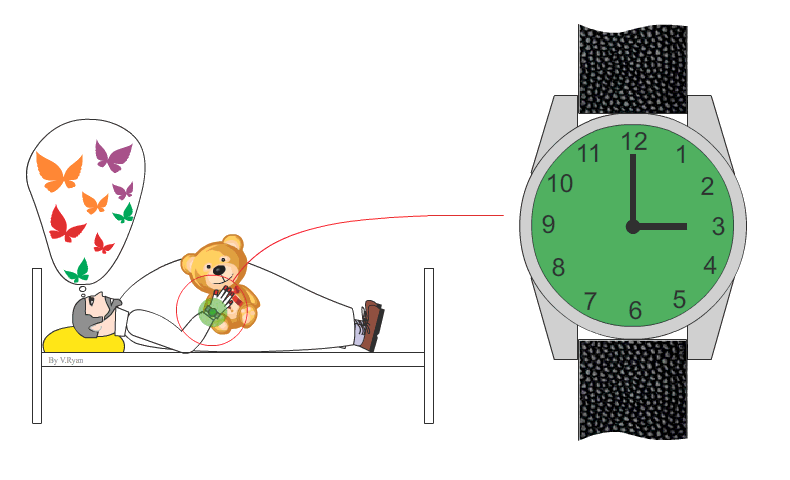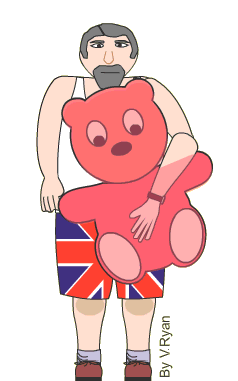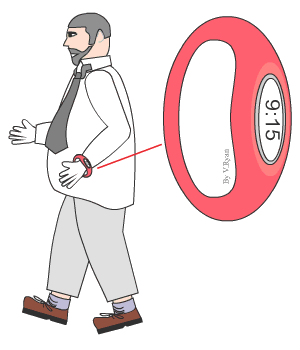Phosphorescence is a process whereby energy from the sun is absorbed by a ‘material’ and it is released slowly over a long time, in the form of light. The energy / light emitted is at a low intensity and this can last for many hours.
A good example is a ‘luminous’ watch. Even the most basic watch will absorb the sun’s energy, during daylight hours and artificial light from a lamp. At night, the stored energy is slowly released. In fact, the stored light is released even during daylight hours, although we do not notice it in daylight conditions.

Another practical aSpplication of phosphorescence materials is ‘glow in the dark’ toys.
The example opposite shows a ‘glow in the dark’ teddy bear. The material it is made from, contains a phosphorescent pigment, and absorbs light energy during day time. The pigment slowly releases the energy, in the form of light (a glow). This is more apparent at night, as it can be seen much more easily.

Phosphorescent pigments are manufactured from phosphors. A good example is copper-activated zinc sulfide, called ‘GS phosphor’. Copper is added to zinc sulphide crystals, enabling the crystals to adsorb light and slowly emit it. This type of pigment is often used in the manufacture of novelty toys.
Another good example is strontium aluminate, which is 10 times more luminous than zinc sulphide. This has more serious applications such as safety signs, which must be visible in murky / dark environments (e.g. a sign pointing towards a fire escape / exit)

The digital sports watch shown opposite, has a phosphorescent pigment infused into the wrist band material. This means that during day light hours or whilst the watch is being worn under artificial light, it absorbs energy. The energy is slowly released as a ‘glow’, especially in the dark.
One advantage of this product, is that the person wearing it at night, perhaps when training / running, will have a band that glows in the dark. Also the ‘glow’ makes it possible to read the time. The glowing watch is also aesthetically pleasing.


What is the difference between the terms ‘phosphorescence’ and ‘fluorescence’ ?
The atoms of a fluorescent material become ‘excited’ when they absorb energy, for example, from a UV light. When the UV light is turned off, the atoms return to their normal state very quickly. They give off the energy they absorbed as intense light, over a very short duration of time.
On the other hand, phosphorescence materials, also absorb natural light / artificial light. However, they emit the absorbed light very slowly, often over several hours, at a low intensity.